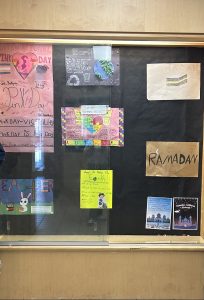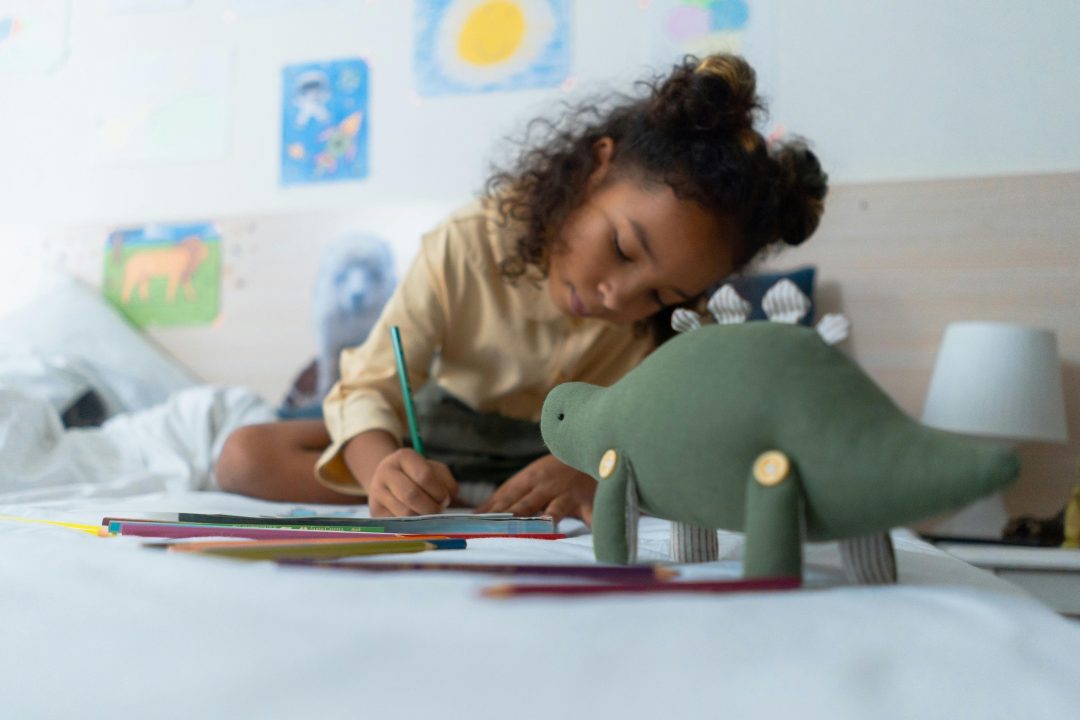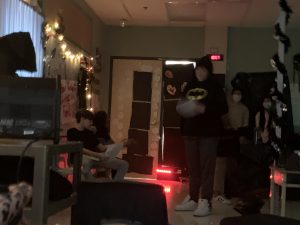At the beginning of the year, it was decided that the display case in the front of the school would be designed each month by a specific grade or class. They would determine what they would present for the month to focus on a specific thing happening that month. April was our turn and I left it up to my class to determine what we should do.
A few students took the lead by researching prominent holidays, events in our board as well as awareness that was occurring during the month of April. They came up with a long list and presented it to the class. They did a bit of math to determine that the display case could be easily divided into five sections (four corners and the middle area) so they allowed each student to vote for five of the topics. The five topics that received the most votes were:
- Autism Awareness Month
- Ramadan
- Easter
- Earth Day
- International Day of Pink
After the results, it was time to get to work. My students were asked to work in groups of five to collaborate and come up with a display section for the topic of their choice. Each group was asked to come up with a creative way to display some visuals, research and ideas to celebrate/reflect on each topic. They had about 120 minutes and did a great job. They created posters with relevant information about the topics as well as eye-catching visuals for all students and staff that will be walking by the display case. For Earth Day and the International Day of Pink, students generated lists of ways our school will be celebrating/that they could celebrate. Then, one student from each group came down to the display case to hang their work. See photo of finished product.
Does your school have a display case? Consider allowing a class/grade team to decorate the case each month for the next school year.
(IMAGE: Photo of display case with student work as described in blog.)



